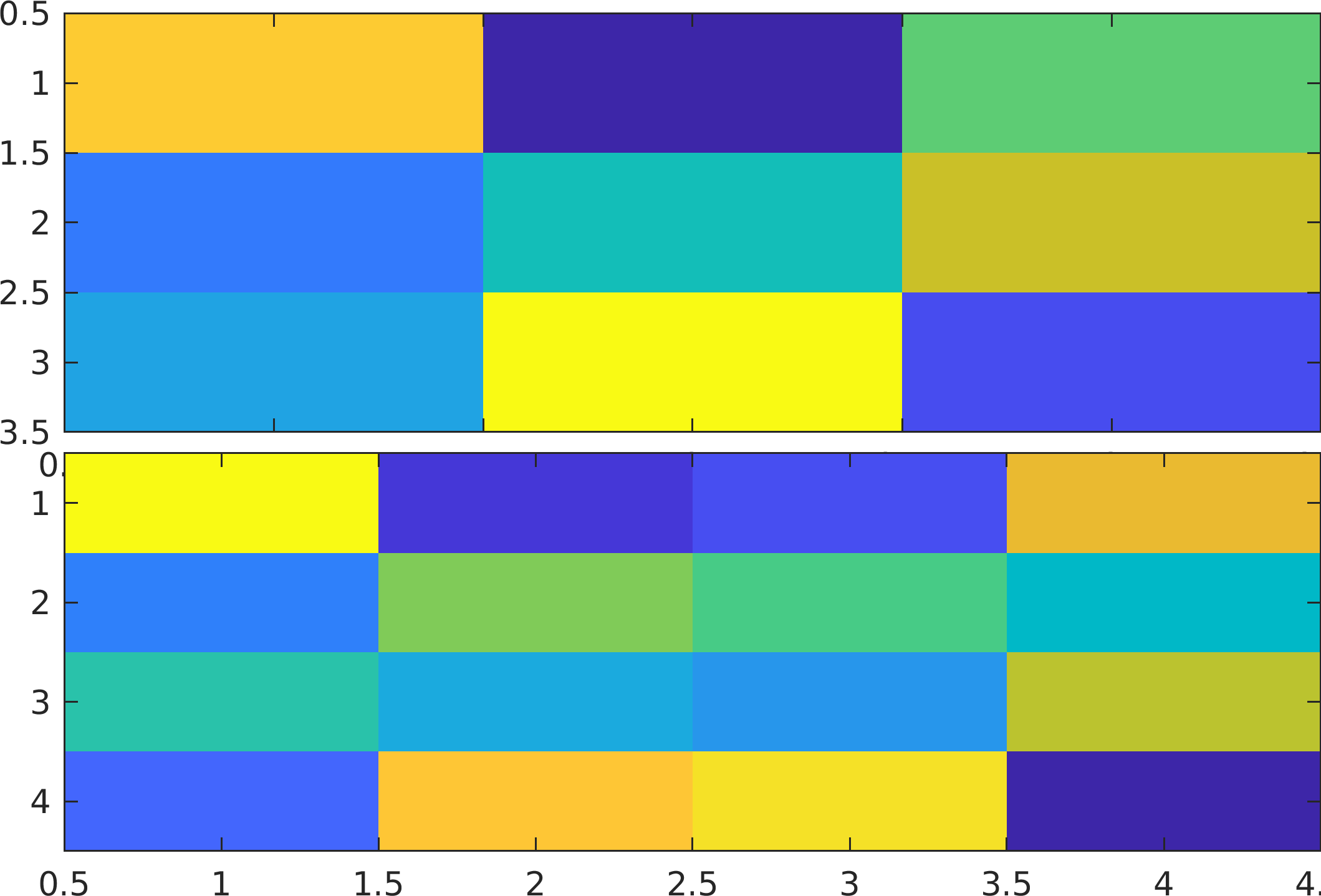
|
ParaMonte MATLAB 3.0.0
Parallel Monte Carlo and Machine Learning Library
See the latest version documentation. |

|
ParaMonte MATLAB 3.0.0
Parallel Monte Carlo and Machine Learning Library
See the latest version documentation. |
Go to the source code of this file.
Functions | |
| function | getAxes (in varargin) |
| Create axes in the specified input tiled position and return its handle. More... | |
| function getAxes | ( | in | varargin | ) |
Create axes in the specified input tiled position and return its handle.
| [in] | varargin | : Any attributes of the axes, which can be one of the following positional arguments:
char, followed by the specifications value in the range [0, 1].The following attributes are acceptable:
|
Possible calling interfaces ⛓
Example usage ⛓

Final Remarks ⛓
If you believe this algorithm or its documentation can be improved, we appreciate your contribution and help to edit this page's documentation and source file on GitHub.
For details on the naming abbreviations, see this page.
For details on the naming conventions, see this page.
This software is distributed under the MIT license with additional terms outlined below.
This software is available to the public under a highly permissive license.
Help us justify its continued development and maintenance by acknowledging its benefit to society, distributing it, and contributing to it.
This code builds upon the works of 2001-2014 / Aslak Grinsted.